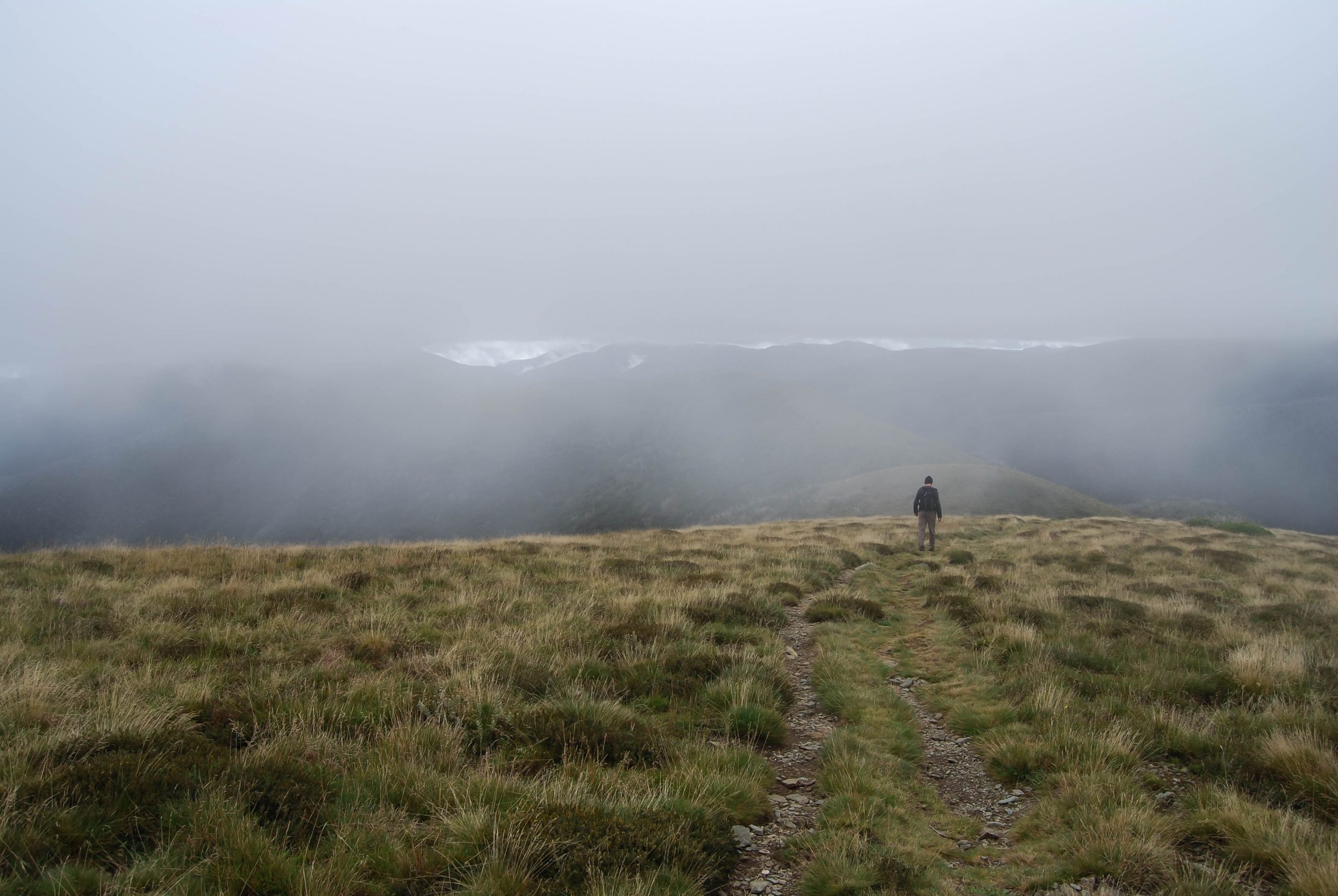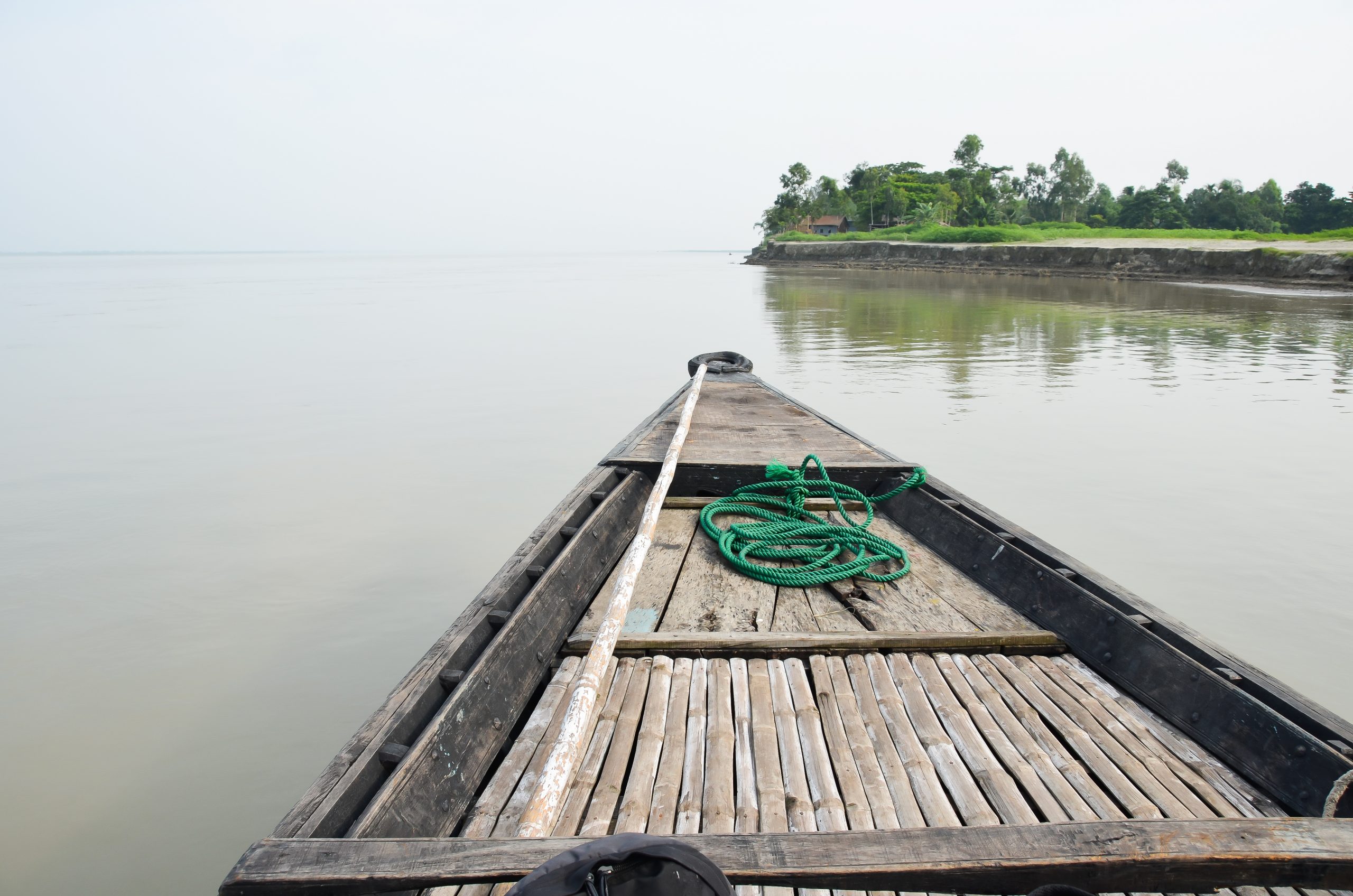
LoST Travelling
One of the key ideas behind LoST is the form of travel – walking, cycling and paddling. These forms are human powered and take you through landscapes slowly. They are not only forms of low-impact transportation; they are also acts of sustainability that foster deeper connections with the environment and local cultures. These modes of travel support sustainable landscapes by minimising ecological footprints and encouraging the preservation of natural habitats. At the same time, they contribute to sustainable communities by promoting local economies, social cohesion, and public health. The integration of these travel practices into everyday life and our travels is what LoST focuses on.
Minimising Our Ecological Footprint
Perhaps the most evident contribution of walking, paddling, and cycling is their low environmental impact. Unlike motor vehicles, which emit greenhouse gases and require vast infrastructures that often fragment natural landscapes, human-powered transportation generates minimal to no emissions.
Walking and cycling require no fuel other than human energy, while paddling in kayaks or canoes avoids the use of engines that often disturb aquatic ecosystems. These methods leave behind fewer physical traces, reduce air and noise pollution, and help maintain the integrity of natural habitats. In sensitive landscapes—such as wetlands, forests, coastlines, and rivers—this is crucial.
Preservation and Stewardship of Landscapes
LoST encourages a deeper appreciation for the natural world. When people travel at a slower pace, they become more aware of their surroundings: the contours of the land, the sounds of wildlife, the flow of water. This attentiveness fosters a sense of connection and responsibility.
Strengthening Local Economies and Supporting Resilient Communities
Walking, paddling, and cycling also bring economic benefits to local communities and neighbourhoods. LoST travellers engage more deeply with local services. They stay in locally-owned accommodations, eat locally and purchase goods locally. This form of travel aligns with the principles of community-based tourism, which emphasises local ownership, cultural exchange and equitable distribution of economic benefits.
Health and Wellbeing
Human-powered travel also supports public health, which is a critical aspect of sustainable communities. Walking and cycling improve physical fitness, reduce the risk of chronic diseases, and enhance mental health through exposure to nature and physical activity. These benefits are not limited to travellers; as communities invest in infrastructure for walking and cycling, residents also become more active and healthy.
The COVID-19 pandemic highlighted the importance of accessible outdoor spaces and non-motorised travel options. Across the world, cities and towns reimagined streets for pedestrians and cyclists, promoting active transportation as a means to safely navigate public spaces. These shifts have demonstrated that walking and cycling are not just leisure activities—they are essential components of resilient, healthy communities.
Cultural and Educational Exchange
LoST travel allows for a richer, more immersive experience. This creates opportunities for cultural exchange and mutual learning. In turn, communities often take pride in showcasing their heritage, crafts, and histories. When done respectfully, this interaction fosters cross-cultural understanding and helps preserve cultural landscapes and traditions that might otherwise be lost in the rush of globalized tourism.
Encouraging Sustainable Urban and Rural Planning
The promotion of walking and cycling leads to more thoughtful land-use planning. Cities that prioritise walkability and cycling infrastructure are often greener, safer, and more socially inclusive. Rural areas, too, can benefit by creating connected networks of trails and routes that encourage eco-tourism and provide alternatives to car travel.
Green corridors, pedestrian zones, and bike-sharing programs are just a few examples of sustainable urban innovations inspired by human-powered travel. In rural landscapes, initiatives like the development of long-distance walking or cycling routes (e.g., the Camino de Santiago or EuroVelo network) have revitalised communities and preserved heritage routes. These strategies reflect a broader commitment to sustainable development that balances economic, environmental, and social goals.
Here is your access to more information on walking, pedalling and paddling.



